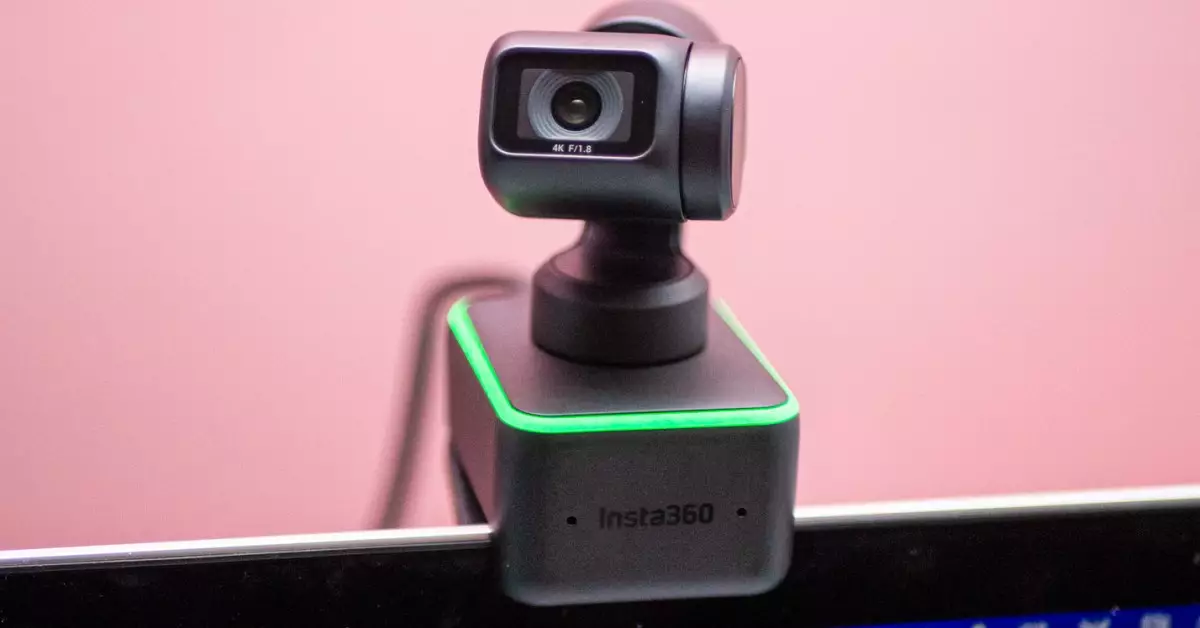The launch of the Nintendo Switch 2 heralded excitement among gamers eager to embrace the next-generation console. However, alongside the thrill of new games and features came a cloud of uncertainty regarding webcam compatibility. Nintendo’s promise that any USB-C camera could be utilized for video calls quickly turned into a frustrating experience for many users. It seems that while the rhetoric suggested versatility, the reality is decidedly more restrictive, leaving potential buyers to sift through a chaotic landscape of webcam functionality.
As the gaming community began to explore these capabilities, the response was underwhelming. Despite Nintendo’s emphasis on support for USB-C peripherals, it rapidly became evident that not all webcams were created equal in the eyes of the Switch 2. High-end models from prominent manufacturers—boasting crisp 4K resolution and advanced features—failed to perform, while much older and simpler USB-A models thrived. This disparity raises questions about the design and expectations set by Nintendo’s marketing team.
Navigating Compatibility: The Lack of Clarity
Nintendo has yet to establish a definitive list of compatible webcams, much to the dismay of early adopters. After inquiries to various manufacturers, including Logitech and Razer, the results came up empty-handed. This leave-it-to-the-consumer approach is disconcerting; users are now responsible for discovering which devices work, essentially embarking on a scavenger hunt to piece together a functional setup.
The reality is, Nintendo’s directive that any USB-C webcam “would work” seems to falter under scrutiny. While legacy devices like the Logitech C920 connect without issues, others—like the integrated yet costly Logitech Brio 4K—remain disappointingly unresponsive. This inconsistency stirs frustration among users who expected seamless integration with a product that was heavily marketed for its versatility.
The Community’s Role in the Solution
With no official guidance from Nintendo or webcam manufacturers, the gaming community has assumed an unwelcome role as the informants. Various forums and Reddit threads have become essential resources as players compile evidence of what does and doesn’t work. While this grassroots approach fosters community engagement, it highlights a troubling oversight from Nintendo. By failing to provide essential information, they have left their consumers to navigate a convoluted and often confusing compatibility maze.
This situation underlines a broader issue in the tech industry: the responsibility of manufacturers to support and inform their users about product specifications and compatibility. Instead, we see Nintendo playing a dangerous game of ambiguity where buying decisions are fraught with uncertainty.
Testing the Waters: How to Check Webcam Compatibility
Despite the barriers, Nintendo deserves credit for implementing a straightforward method to test webcam functionality with the Switch 2. Users can easily navigate to the System Settings, and by following a few prompts, they can instantly discern whether their camera works. This immediate feedback loop is a positive note amidst the chaos, allowing frustrated users to quickly pivot towards alternate options if necessary.
Moreover, companies like Elgato are reportedly considering firmware updates to enhance compatibility for those devices that currently don’t work. This determination indicates an understanding of the evolving landscape of gaming and user needs. However, the hope rests heavily on other manufacturers to follow suit.
The Future of Webcam Use with Nintendo Switch 2
As we peer into the future, the potential for Nintendo to clarify and streamline this process is ripe for discussion. They could take a proactive step by collaborating with webcam manufacturers to create a vetted list of compatible devices, sparing users from the arduous journey of trial and error.
With gaming increasingly inhabiting the space of social interaction, facilitating better communication tools, such as webcams, will become crucial. As players continue to seek ways to connect with each other seamlessly, the burden falls on companies like Nintendo to ensure that the reality of their products aligns more closely with user expectations. The preservation of joyful gaming experiences should never hinge on compatibility woes.
Though the Nintendo Switch 2’s debut seems promising from a hardware standpoint, the cumbersome webcam compatibility issue is a notable pitfall that overshadows the launch’s brilliance. In an age where connectivity binds communities, clarity and ease of use should reign supreme in gaming innovations.

